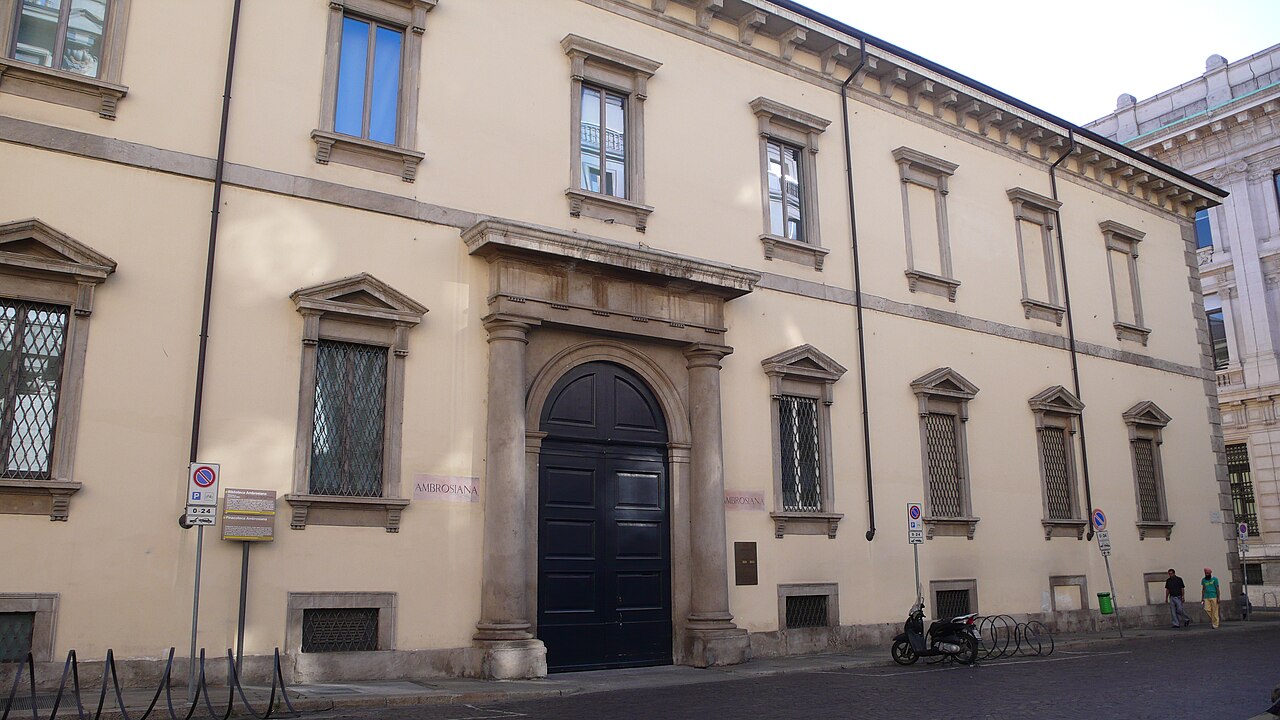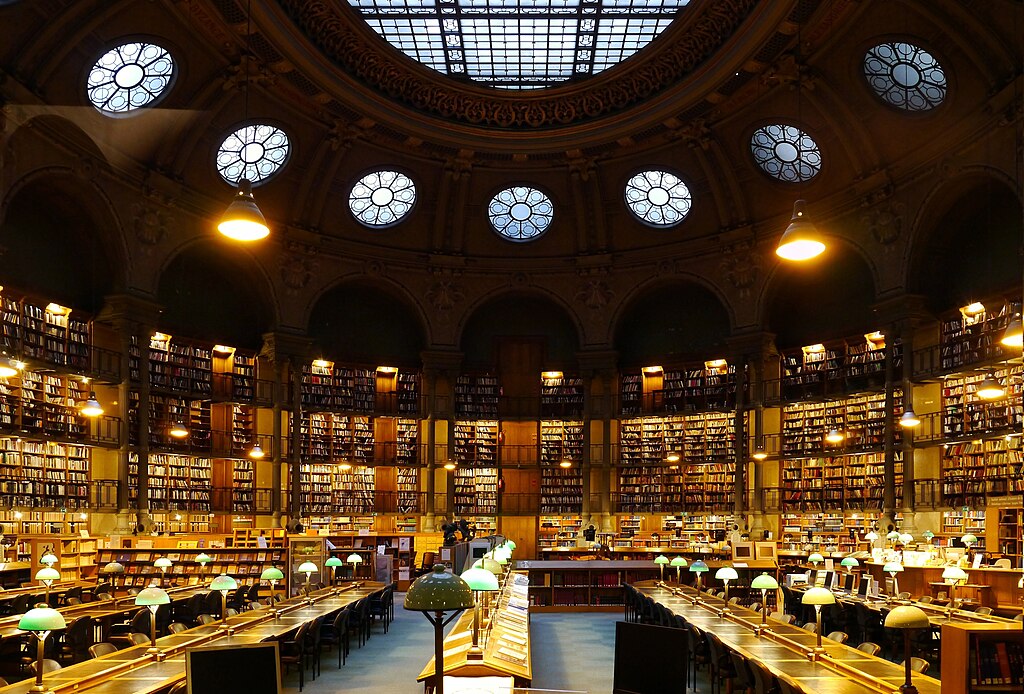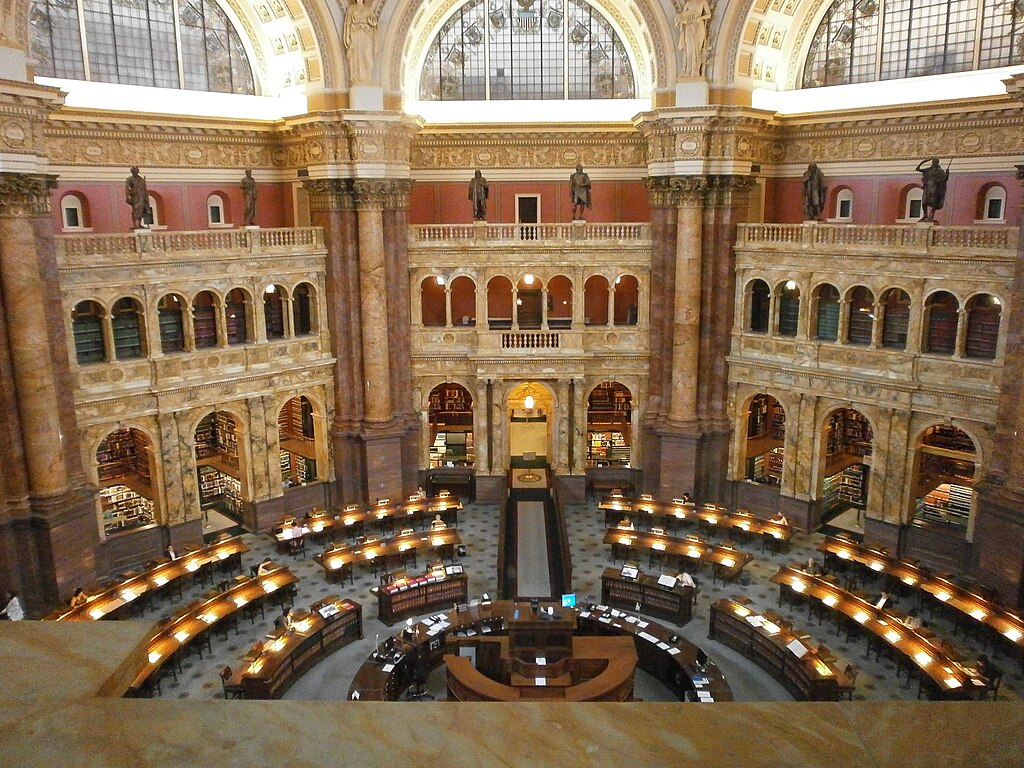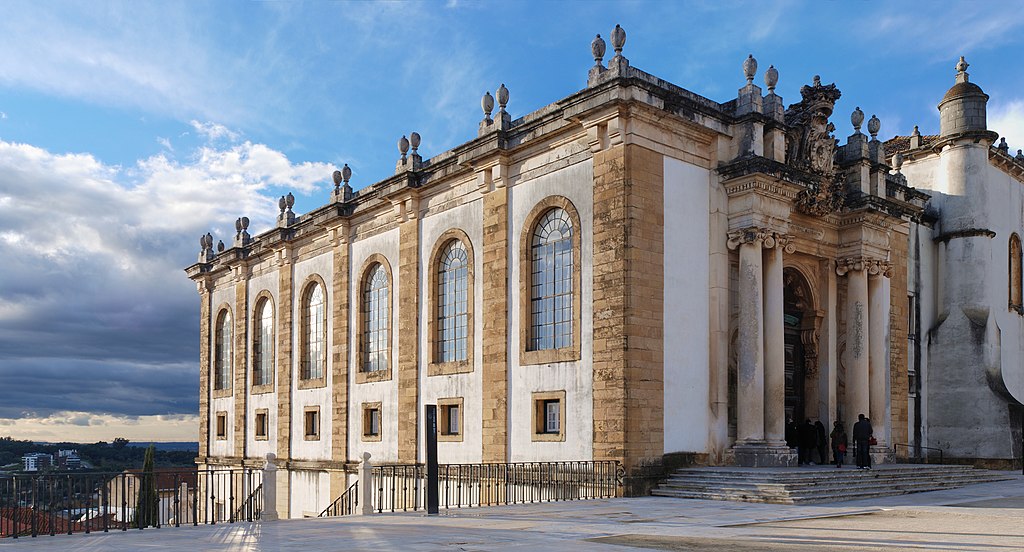Libraries have always held a special place in our society. They have served as custodians of human history, culture, and intellectual growth.
Exploring the world’s oldest libraries is like a thrilling adventure through time. From ancient scrolls to meticulously crafted manuscripts, these libraries have preserved and protected the intellectual heritage of humanity for centuries.
In this article, we will dive into the fascinating history of the 13 oldest libraries in the world. Reading further, you will realise the profound impact these institutions have had on the development of civilization.
Each Library mentioned below holds a unique piece of the tapestry of human knowledge.
Saint Catherine’s Monastery Library (6th century)

Saint Catherine’s Monastery Library is one of the world’s oldest Christian libraries. It lies tucked away at the base of Mount Sinai.
The Library has a remarkable collection of old manuscripts, including some of the oldest Christian texts.
The Library’s treasures preserve the religious and cultural legacy of the Byzantine Empire. They include illuminated scrolls, parchments, and manuscripts.
The Library was recognized as a UNESCO World Heritage site in 2002.
Abbey Library of Saint Gall (8th century)

The Abbey Library of Saint Gall, located at the Abbey of Saint Gall in Switzerland, is a testament to the illustrious history of medieval learning and monastic culture.
The Abbey Library has a sizable collection of manuscripts, some of which date from the eighth century. The Library has books on theology, history, philosophy, and medicine.
The Library’s impressive hall is built in the Baroque style and contributes to its historical grandeur. The Abbey Library draws academics, researchers, and tourists interested in Europe’s cultural legacy.
Library of Al-Qarawiyyin (9th century)

The Library of Al-Qarawiyyin in Fes, Morocco, was founded in the ninth century by Fatima al-Fihri. The Library is one of the world’s oldest continuously running libraries.
It has served as a hub of Islamic study for decades, and thinkers and scholars from across the Muslim world like to visit here.
The Library’s collection has represented numerous academic fields, including theology, philosophy, and Islamic law.
The Library’s architectural brilliance can be seen in its beautifully built courtyards and halls, enhancing its significance as a center of culture and thought.
Vatican Apostolic Library (1475 CE) – Vatican City, Rome

The Vatican Apostolic Library, located in Rome’s majestic Vatican City, is a renowned institution rich in culture and knowledge. It is one of the world’s best-known libraries, established by Pope Nicholas V in 1495.
Over 1.1 million books make up its sizable collection, including ancient manuscripts like the Codex Vaticanus and the Gutenberg Bible.
The Library has a magnetic draw for academics, researchers, and people hungry for knowledge.
Visitors often feel an immense sense of awe and reverence when entering the sacred halls of the Vatican
Apostolic Library, realizing the abundance of knowledge around them.
Escorial Library, San Lorenzo de El Escorial, Spain (16th century)

The Escorial Library is a masterpiece of architecture and literature. King Philip II of Spain commissioned it. This Library was built in the 16th century and is essential to the Royal Seat of San Lorenzo de El Escorial.
The Escorial Library represents the might and majesty of the Spanish Empire. Around 40,000 manuscripts, including pieces by well-known writers, philosophers, and scholars, are in its collection.
Its spectacular paintings and intricate woodwork add to its historical relevance and are also the reason why it attracts the attention of aficionados of Europe’s cultural history.
The Library is a well-known site for scientists and researchers alike.
Biblioteca Ambrosiana (1609 CE) – Milan, Italy

One of Europe’s oldest public libraries is the Biblioteca Ambrosiana in Milan. Founded by Cardinal Federico Borromeo in 1609, this historical building draws researchers and book enthusiasts to the Italian city of Milan.
The genuine “Atlantic Codex” by Leonardo da Vinci is among the many manuscripts in its huge holdings.
After all these years, it continues to enthrall visitors with its obvious attraction.
As soon as one enters this amazing institution, they are astounded by the gorgeous architecture adorned with fascinating frescoes and minute decorations.
A knowledge-filled treasure trove is inside, with shelves piled high with manuscripts, rare volumes, and historic documents dating back centuries.
Bodleian Library(17th century)

Bodleian Library is one of the world’s oldest and most prestigious libraries and is now part of Oxford University.
Established in 1602 and boasting over 12 million books, manuscripts, archives, and rare manuscripts such as Beowulf and JRR Tolkien’s original draft for “The Lord of the Rings,” Bodleian serves scholars and researchers worldwide as an invaluable source.
National Library of France (18th century)

The National Library of France is called Bibliotheque Nationale de France (BnF). It is one of the world’s oldest and largest national libraries.
It was founded in 1792 and now houses a collection of over 30 million resources, including everything from historic manuscripts to contemporary books.
The BnF is home to priceless artifacts like elaborately illustrated Middle Ages manuscripts and well-known pieces like the “Code Noir” and the Gutenberg Bible.
The renowned François-Mitterrand building, a masterpiece of contemporary architecture, symbolizes France’s dedication to intellectual freedom and cultural legacy.
Library of Congress (19th century)

The Library of Congress is the largest in the world in terms of physical and collection size. This American National Library, founded in 1800, is an essential tool for research and cultural preservation.
Over 170 Million Artifacts, including books, Manuscripts, Maps, Photos, and Audio Visual Recordings, comprise its incredible selection. The Jefferson Building of the Library stands as an architectural marvel as it is embellished with stunning murals and sculptures.
The Library of Congress is still a guiding light for knowledge, promoting creativity, innovation, learning, and democratic ideals.
National Library of Greece (19th century)

The National Library of Greece is centrally located in Athens and has been essential in safeguarding Hellenic intellectual and cultural history.
This organization was founded in 1832 and is known to preserve a sizable collection of Greek manuscripts, rare books, and archive artefacts.
The Library’s collections include important publications from the Greek Enlightenment era and antique papyri and Byzantine manuscripts.
The beautiful neoclassical structure that houses the Library is a prominent landmark symbolizing the country’s dedication to advancing scholarship, promoting literacy, and sharing knowledge.
State Library of New South Wales(19th century)

Established in 1826, The State Library of New South Wales is the oldest in Australia. The state’s historical records are preserved at this well-known institution in downtown Sydney.
The Library also offers access to many manuscripts and digital resources.
The Library’s Mitchell Library, which David Scott Mitchell established, is recognized for its enormous collection of Australiana, which includes priceless maps, images, and manuscripts tracing Australia’s history.
The Library is a thriving education, research, and civic engagement hub.
Raza Library(19th century)
The Raza Library is in the northern Indian city of Rampur and is a treasure mine of Islamic and Indian manuscripts.
This Library was founded in the late 18th century. It is home to an amazing collection of over 20,000 rare manuscripts, including historical writings, skillfully illuminated Qur’ans, and Persian and Urdu literature.
The Library’s extensive resources draw scholars and academics from around the world and provide priceless insights into the Islamic and Indian cultural heritage.
The Raza Library’s powerful design, with domed ceilings and elaborate carvings, contributes to its appealing charm. The Raza Library also reflects the cultural heritage of the area.
Biblioteca Joanina(18th century)

The Biblioteca Joanina is situated in Portugal’s University of Coimbra. It is recognized for both its breathtaking beauty and historical significance.
This Library dates back to the 18th century and is home to a remarkable collection of rare books, manuscripts, and scholarly publications.
Visitors are transported to a bygone era of wealth and learning by the Library’s Baroque-style design, embellished with ornate gilded woodwork and beautiful ceiling murals.
The Library’s three principal rooms are the Grand Reading Room, Middle Room, and Academic Prison.
The Biblioteca Joanina provides distinctive perspectives on the development of Portuguese scholarship and the quest for knowledge.
Conclusion
This list of the 13 oldest libraries of the world has a distinct position in our cultural legacy with their cutting-edge architecture and wide repertoire of knowledge.
They serve as keepers of humanity’s ageless information. They keep stoking our need for knowledge. They have improved our understanding of the world and influenced the direction of human progress by preserving and spreading the collective wisdom of countless generations.
They should be preserved well for our future generation to see how our civilization has progressed.
Also Read: 15 Extraordinary Castles In Scotland


